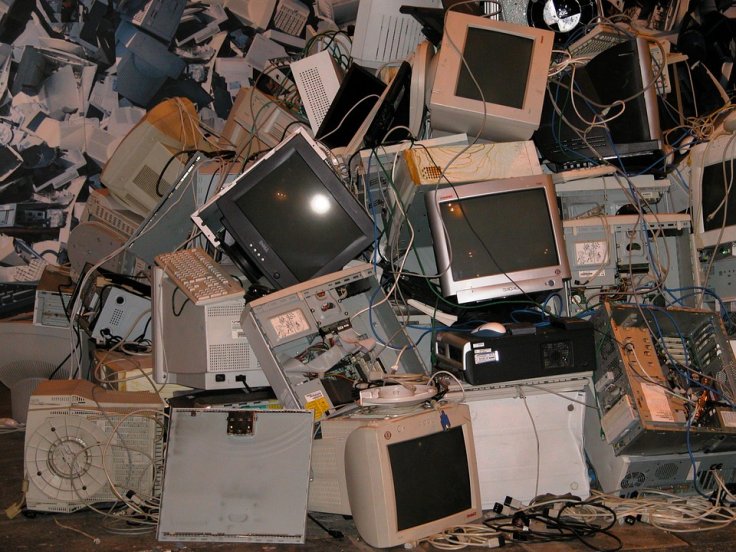
The National Environment Agency (NEA) on Friday, January 19 revealed how Singaporeans are unaware and unsure of the process suitable for treating electronic waste or e-waste. Most of the Singaporeans ends up throwing out items such as old television sets, printers and computers.
This has been found in a recent study conducted by the NEA in a bid to identify the drawbacks in Singapore's e-waste management. It also aims to guide the agency in developing a countrywide e-waste management system. The study was conducted in between April 2016 to October 2017.
Singapore's e-waste management scenario
Singapore generates more than 60,000 tonnes of e-waste every year. Households generate half of the e-waste. According to the NEA, each person disposes 11kg of e-waste which is equivalent to 73 smartphones.
The study conducted by NEA found that people tend to throw out general waste despite trading in or selling e-waste of high value. Only six percent of e-waste is recycled and more than 15,000 tonnes of e-waste is simply thrown away.
Washing machines form one-third of the e-waste followed by refrigerators which form 27 percent of the waste and television sets form 22 percent.
This figure is, however, lower compared to the numbers in Sweden and Denmark. They have a separate system to dispose such items. Sweden recycled 52 percent of its e-waste in 2015 whereas Denmark recycled 43 percent, according to Eurostat figures, published by the European Commission.
Bulky electronic items such as washing machines, refrigerators can be handed over to the deliverymen while receiving new appliances. Even these end up being discarded in common places. In such cases, these wastes end up with scrap traders and rag collectors. Copper, steel and other metals with high resale value are recycled.
NEA said that most of the collectors do not possess the capability "to maximise resource recovery from e-waste" as a result of which only items having high value are recycled.
Hazardous effects of e-waste
E-waste contains hazardous substances, such as mercury. It can pollute the environment if not handled properly. The metallic components can be used as well. Carbon emissions produced from e-waste leads to global warming as it is high in led content.
Improper e-waste management can lead to poor environmental conditions. When the heavy metals are incinerated it also contaminates the incineration ash.
Recycling programmes in Singapore
There are voluntary recycling programmes in Singapore of which StarHub's Renew programme is famous. NEA has formed 17 partnerships with industry stakeholders along with producers and retailers such as Panasonic and StarHub. These programmes end up recycling only a fraction of the total amount of e-waste disposed annually, according to an NEA spokesperson. National Voluntary Partnership for E-Waste Recycling plans to raise awareness in the society.
The NEA further states that the generated e-waste after collection is channeled to proper recycling zones.
The Ministry of Environment and Water Resources and NEA are trying to adopt well-established practices of other countries for treating e-waste, including New York, Japan and South Korea. In these countries, the producers of electronic products are responsible for the e-waste and it is their responsibility to properly recycle the waste. They have e-waste collection targets and take them to formal recyclers. NEA and the Ministry of Environment and Water Resources will seek public advice on this matter.
E-waste management in other countries
In New York electronics manufacturers invest in programmes for consumers to mail smaller e-waste to recyclers. In Germany and Sweden, large retailers provide e-waste collection points in their stores for customers and free one-for-one take-back services in case of large e-waste products once a new one is purchased. These countries maintain high environmental standards and recycling targets.









